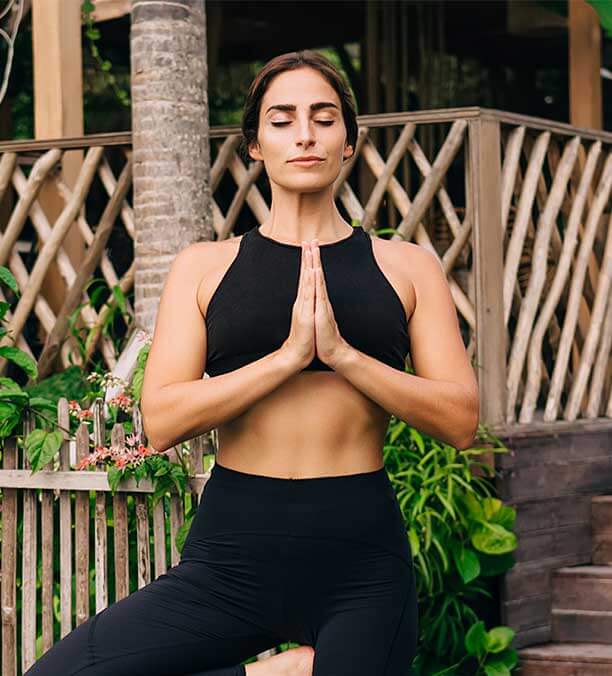Paschimottanasana
Description
Paschimottanasana, or Seated Forward Bend, is a fundamental yoga pose that involves sitting with your legs extended straight in front of you and bending forward from the hips to reach towards your feet. The name comes from the Sanskrit words “Paschima” meaning “west” or “back of the body” and “Uttana” meaning “intense stretch”.
How to Perform Paschimottanasana
- Starting Position: Sit on the floor with your legs extended straight in front of you. Ensure that your back is straight and your toes are pointing upwards.
- Inhale: Lengthen your spine, reaching your arms up overhead.
- Exhale: Hinge at your hips and slowly bend forward, extending your torso towards your legs. Keep your spine long and avoid rounding your back.
- Hands Placement: Reach for your feet, ankles, or shins, depending on your flexibility. If you can reach your feet, hold onto the sides of your feet.
- Maintain the Pose: Hold the pose for 30 seconds to 1 minute, breathing deeply and evenly. With each inhale, lengthen your spine; with each exhale, try to deepen the stretch slightly.
- Release: To come out of the pose, inhale and lift your torso back up to a seated position.
Benefits of Paschimottanasana
– Stretches the Spine and Hamstrings: It provides an intense stretch to the entire back of the body, including the spine, hamstrings, and calves.
– Calms the Mind: This forward bend helps to reduce stress and anxiety by calming the mind and relieving mild depression.
– Improves Digestion: The compression of the abdomen during the pose massages the internal organs, aiding in better digestion.
– Relieves Menstrual Discomfort: It can help alleviate menstrual discomfort and symptoms of menopause.
– Stimulates the Liver and Kidneys: The forward fold helps in stimulating the liver and kidneys, improving their function.
Preparatory Poses
– Adho Mukha Svanasana (Downward-Facing Dog Pose): Helps to stretch and lengthen the spine and hamstrings.
– Uttanasana (Standing Forward Bend): Prepares the body for deeper forward bends by stretching the hamstrings and back.
– Janu Sirsasana (Head-to-Knee Forward Bend): A preparatory forward bend that focuses on stretching one leg at a time.
Counter Poses
– Purvottanasana (Upward Plank Pose): Opens the front of the body, counteracting the forward bend of Paschimottanasana.
– Setu Bandhasana (Bridge Pose): Provides a gentle backbend to counter the forward fold.
– Bhujangasana (Cobra Pose): A gentle backbend that stretches the spine in the opposite direction.
Dos and Don’ts
Dos:
– Do keep your spine long and avoid rounding your back.
– Do engage your thigh muscles to protect your hamstrings.
– Do use props like a strap or bolster if you cannot reach your feet or maintain the pose comfortably.
– Do breathe deeply and evenly throughout the pose.
Don’ts:
– Don’t force yourself into the pose if you feel pain or discomfort; ease into the stretch gradually.
– Don’t lock your knees; keep a slight micro-bend to protect your joints.
– Don’t round your back excessively, as this can strain the lower back.
– Don’t hold your breath; ensure you are breathing consistently.
Paschimottanasana is a beneficial pose that can help improve flexibility, calm the mind, and support overall physical and mental well-being. Always practice with awareness and listen to your body’s signals.nding postures in yoga.




